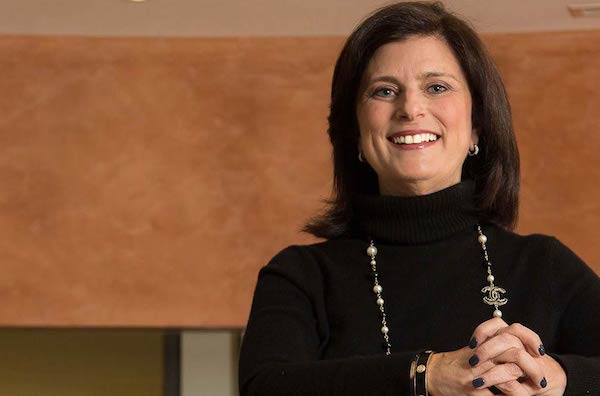The magic year appears to be 2025, which may seem an eternity away but is very, very close when you’re attempting to completely transform the employee makeup of a large organisation.
The latest major employer to set such a target is Accenture, which has publicly announced it’s aiming to hit the 50% female mark by 2025.
It joins BHP Billiton, which announced the same ambition in October last year. It’s a particularly challenging target for BHP, given just 17% of its workforce was female at the time of making the announcement. BHP’s Andrew Mackenzie called it an “aspirational goal” requiring senior leaders to have performance targets on lifting their female numbers by 3% each year.
Early last year the Australian Federal Police also set an ambitious target, saying it wants 50% of its positions to be occupied by women in the next decade. Less than 20% of uniform staff were women, and just 35% of AFP employees were female, at the time of the announcement.
Accenture’s got a smaller (but still challenging) mountain to climb in reaching its goal. Just under 40% of Accenture’s workforce is female, a number that hasn’t changed significantly in recent years. However it has around 150,000 female staff, and has hit a number of significant gender milestones, including reaching its goal of seeing 40% of new hires made up of women.
Accenture’s chief leadership and HR officer Ellyn Shook (pictured above) said she feels confident they will get there. “We have an unwavering belief that diversity makes us smarter and more innovative,” she told Forbes.
Accenture’s chairman and CEO Pierre Nanterme said in a statement that the goal sends an important message to its people and staff on its commitment to a gender-balanced workforce. “Diversity makes our business stronger and more innovative and, most important, it makes the world a better place,” he said.
According to Forbes, Accenture is the first major professional services firm to set such a target. It was also the first such firm to publish its demographics, like major tech firms do.
In Australia, a number of large accounting and law firms are more than 50% female, but the female ration drops significantly the higher up the leadership chain you go. Many firms have committed to a 30% or even 40% partner target by the year 2020.
Such targets are a great, positive step. The real change will be when we see 50% of CEO and executive leadership positions occupied by women.


